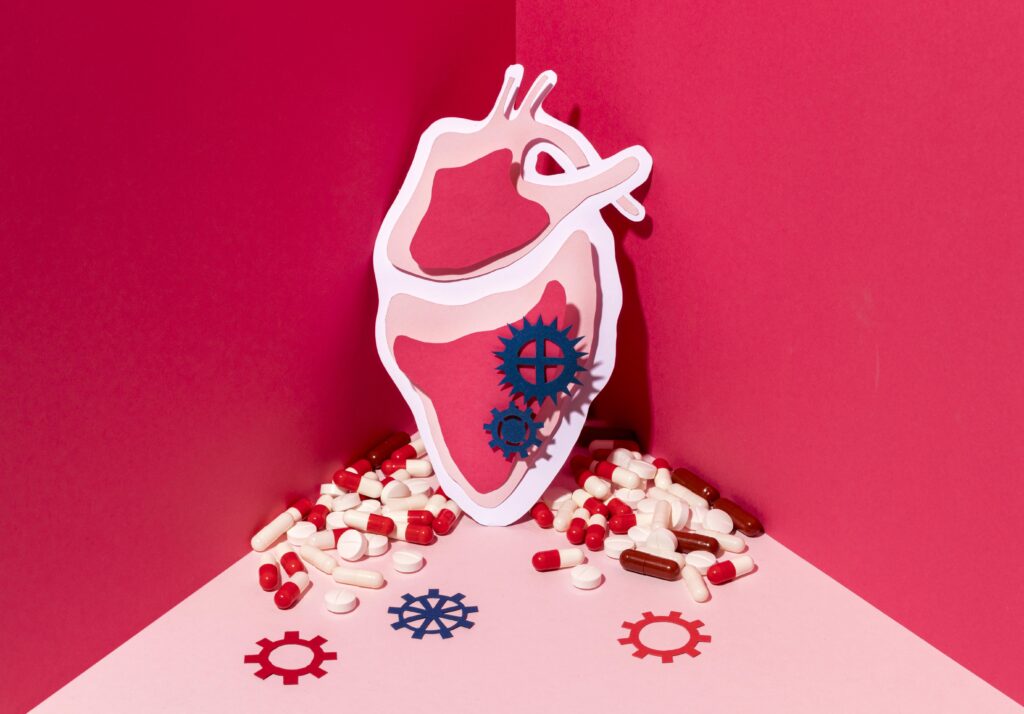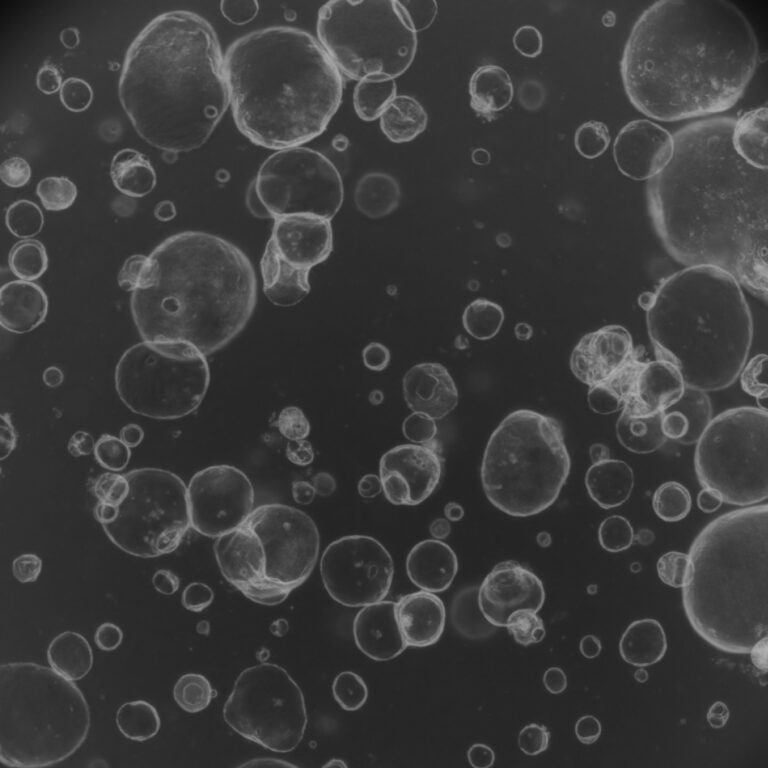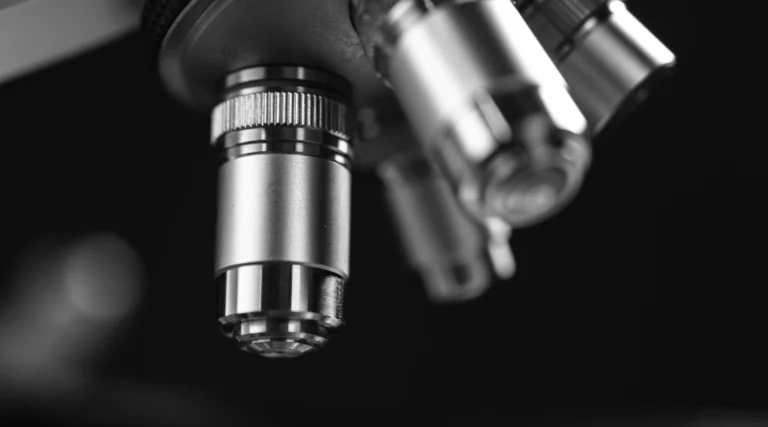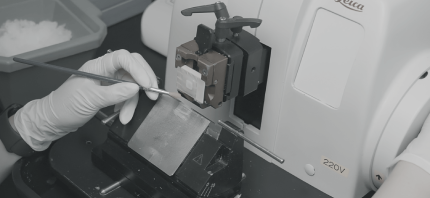At St. Paul’s Hospital in Vancouver, researchers have built something extraordinary – a custom 3D bioprinter that can create living human heart tissue. It’s a project that blurs the lines between science, engineering, and art – a testament to human creativity reshaping life itself.
Led by Dr. Zach Laksman at the Centre for Heart Lung Innovation, the team spent three years designing and building their own printer from scratch after realizing no commercial machine could do what they envisioned. With it, they can print small patches of heart muscle that behave like real tissue – contracting, responding to drugs, and even mirroring patient-specific biology. The process begins with cells taken from a patient’s blood, reprogrammed into stem cells, and then guided to become heart cells. These are mixed into a “bio-ink,” a supportive material that allows the cells to survive the printing process. Layer by layer, the printer constructs tissue that can be used to test new therapies faster, more accurately, and without relying on animal models.

image: freepik
Beyond its technical achievement, the project carries a poetic dimension – a reminder that building life is as much an act of imagination as it is of precision. “We had this vision of using a 3D printer to print heart tissue, so that we could control and pattern complex multicellular heart tissues that replicate the human heart,” says Dr. Laksman. The implications are profound. These miniature, living hearts could enable “clinical trials in a dish,” letting researchers test how drugs affect real human cells before they ever reach patients. Eventually, this technology could lead to printing full patches to repair damaged hearts – and perhaps one day, entire organs.
What began as a homegrown experiment has evolved into one of the most promising areas of regenerative medicine. It’s science at its most creative – where biology becomes architecture, and the lab becomes a studio for shaping the future of life.
Read more:


